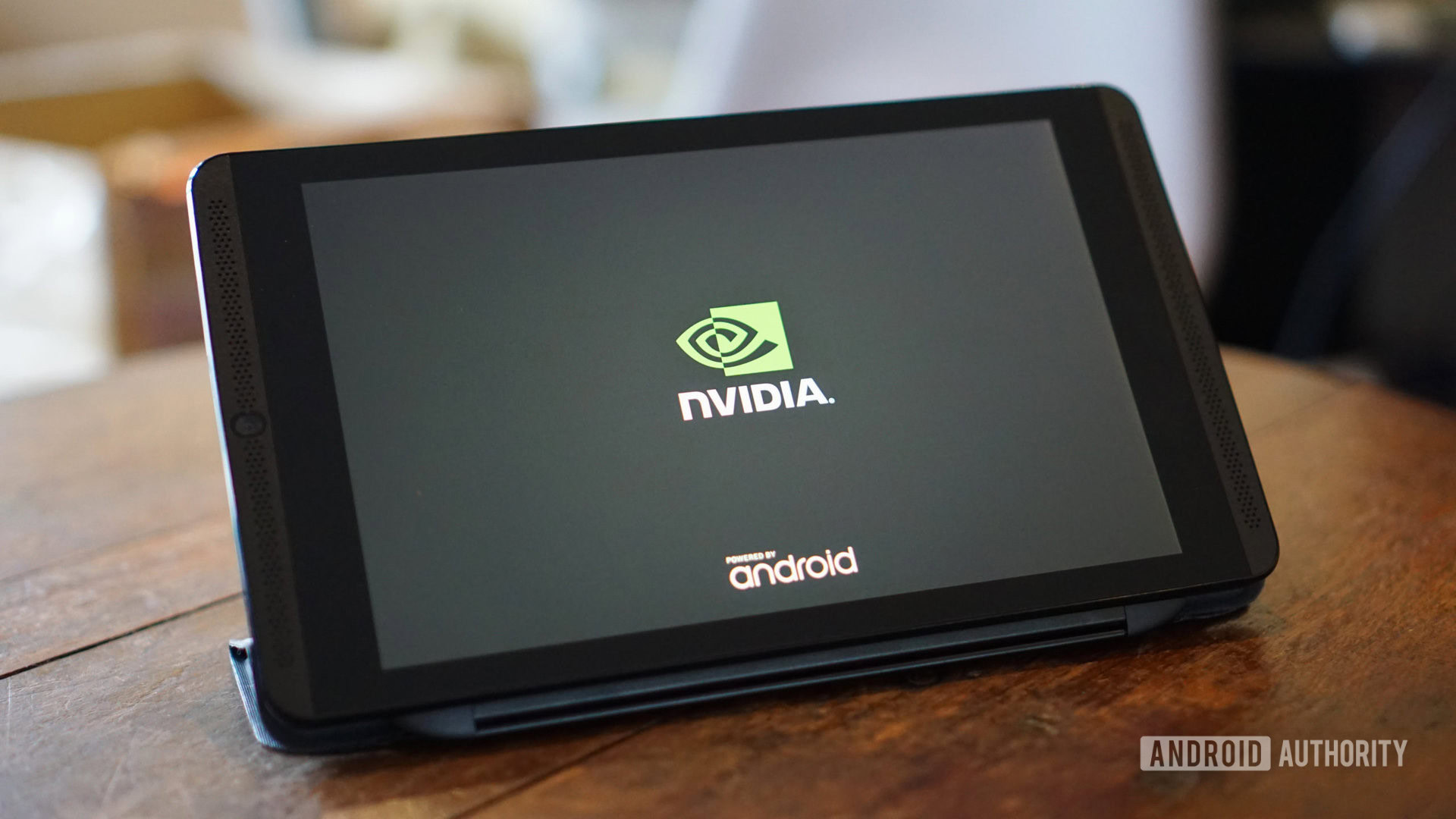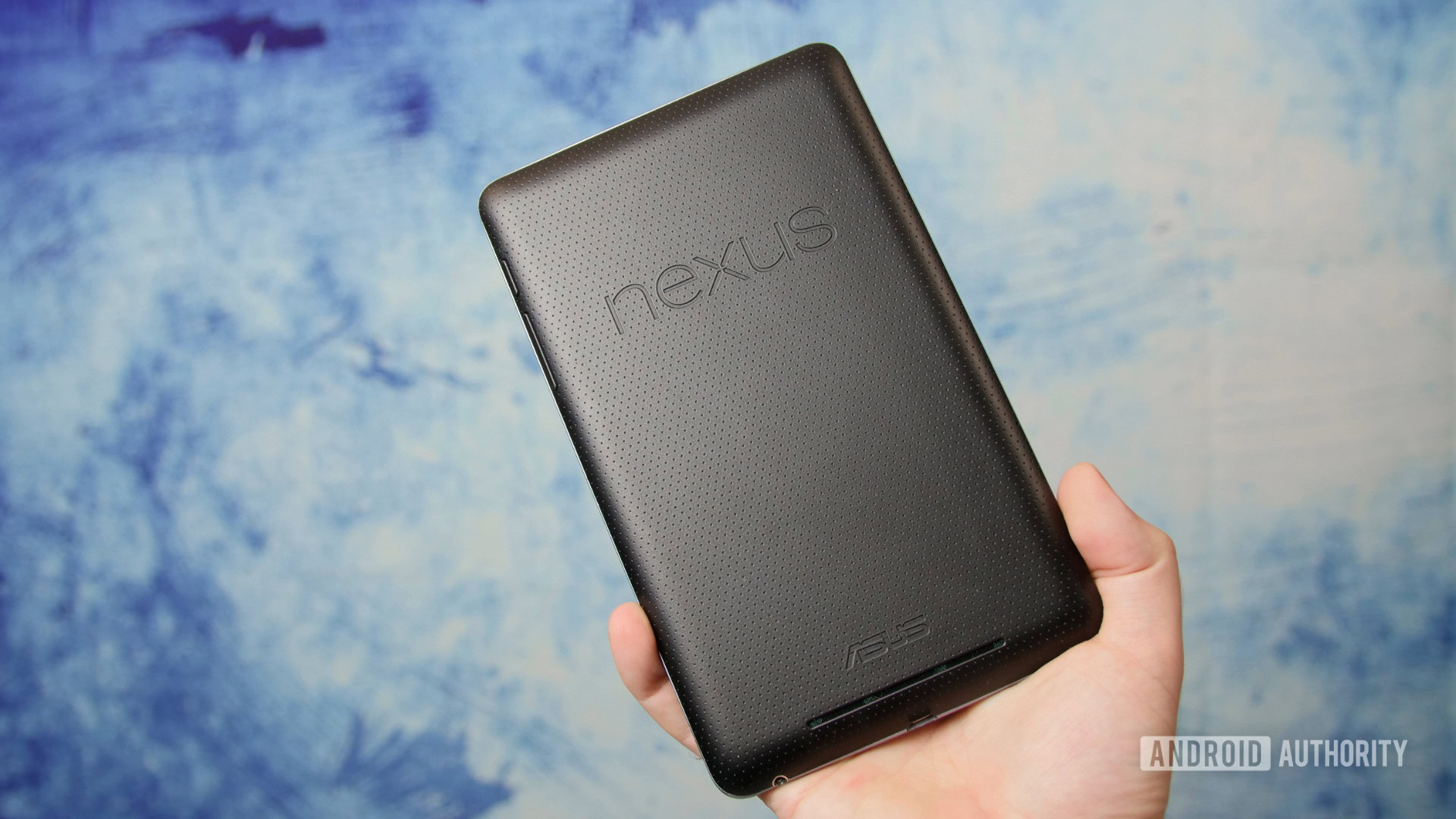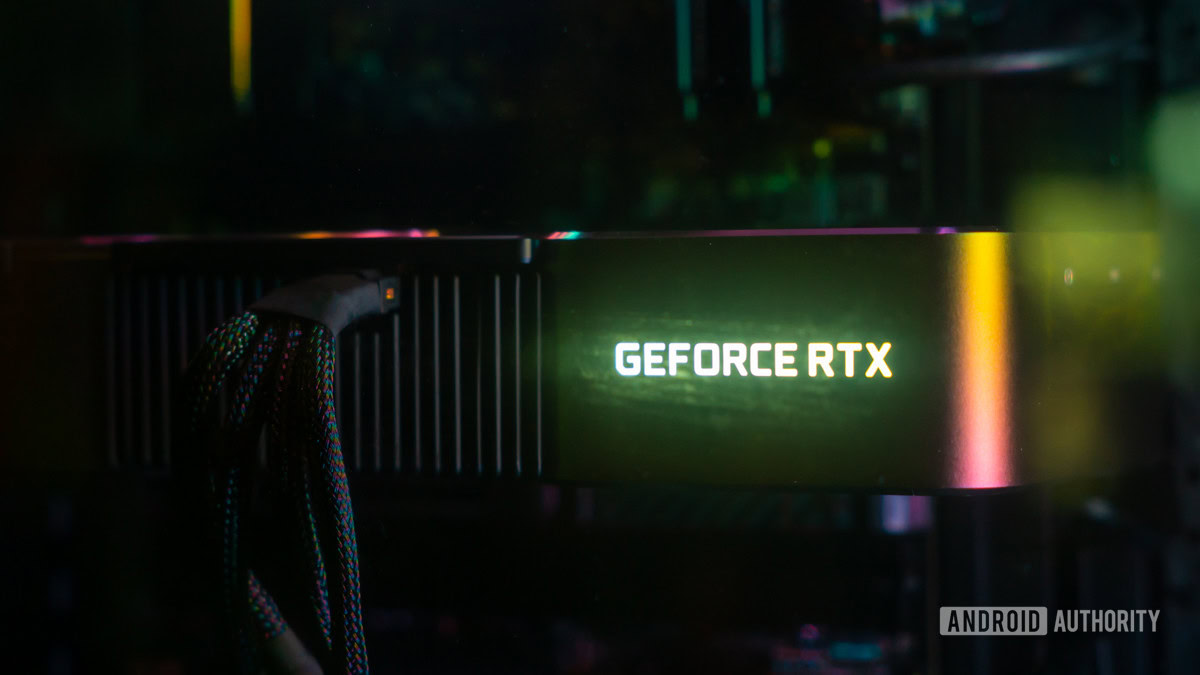Affiliate links on Android Authority may earn us a commission. Learn more.
From flop to foundational: How NVIDIA quietly rules the smartphone market
July 1, 2024

For a brief period this June, NVIDIA became the most valuable company in the world after surpassing Microsoft and Apple by a narrow margin. The company’s massive valuation jump comes from the AI boom led by OpenAI’s ChatGPT, Google’s Gemini, and others. Until recently, NVIDIA was almost exclusively known for making graphics hardware that targeted gamers and creatives. Go back just a few more years, however, and NVIDIA was trying to become a dominant player in the Android ecosystem.
Of course, NVIDIA’s presence in the smartphone industry was short-lived and we haven’t seen the company try to break into it again since the mid-2010s. Despite those setbacks, however, NVIDIA exerts greater influence over the modern smartphone experience than perhaps many of us realize. Here’s the story of how that transformation happened and why a traditionally graphics-oriented company today holds many clues to the future of Android.
The Tegra gamble

Over a decade later, it’s easy to forget NVIDIA’s attempts to capture the Android market in its early days. The first-generation Nexus 7 in 2012, for example, was powered by NVIDIA’s Tegra 3 processor. The quad-core chip was a powerhouse at the time and propelled the Nexus 7 to widespread praise.
At the time, NVIDIA seemed unstoppable as Tegra increasingly looked like it would drive the next generation of Android devices. A year later in 2013, we witnessed the launch of the Tegra 4, which was significantly more powerful and designed specifically for mobile devices. It would also go on to power the NVIDIA Shield, the company’s first-ever portable gaming console.
However, despite strong performance benchmarks, the Tegra line of SoCs failed to achieve widespread adoption. Even though NVIDIA went the extra mile to port high-profile PC games like Portal, it didn’t find enough Shield Portable buyers to justify continuing the product line. The LG G2 Mini was one of the last smartphones to feature an NVIDIA chip — its Tegra 4i was a cut-down version of the Shield’s SoC. And shortly after the Tegra X1 powered the Pixel C in 2015, NVIDIA silently bowed out of the smartphone and tablet market.
NVIDIA's Tegra chips haven't graced Android phones or tablets since 2015.
A couple of years later, the Tegra brand would see a resurgence with the Nintendo Switch’s release in 2017. But even though the Switch became a runaway success, the Tegra line didn’t see a renewed interest from smartphone brands.
However, NVIDIA continued to use the same Tegra X1 chip for its Shield line, which had morphed into a high-end Android TV box rather than a flat-out gaming console. With full support for then-emerging display specs like 4K video out, HDMI 2.0, HDR, and VP9 video codec support, it’s easy to see why the Shield became universally beloved despite its premium price tag.
Fast forward nearly a decade and the Shield remains the only direct link between NVIDIA and Android, but that doesn’t mean the company doesn’t influence the industry anymore. Quite the opposite, in fact.
NVIDIA’s unspoken influence over Android

In the late 2010s, NVIDIA silently but strategically shifted its focus to its core strengths in the PC graphics market. During this time, its dominance in the GPU industry solidified and it benefited from two massive cryptocurrency mining hype cycles. However, it was the company’s decision to rebrand its line of GPUs from GTX to RTX that would create ripple effects in the smartphone industry.
While NVIDIA was initially criticized for the way it marketed ray tracing, the feature has since become a staple on modern GPUs. Mobile SoCs from Apple, Qualcomm, MediaTek, and Samsung all support hardware-accelerated ray tracing. And even though we have yet to see many games take advantage of the feature on mobile, NVIDIA deserves credit for advancing the technology.
Fast forward to the early 2020s and NVIDIA made headlines with its plan to purchase Arm for $40 billion. Arm’s CPU architecture and cores are found in just about every mobile chip on the market, from Tegra to Snapdragon. However, the acquisition was ultimately blocked by US regulators. Still, that hasn’t stopped NVIDIA from influencing the consumer electronics industry.
NVIDIA's GPUs train the majority of generative AI models that modern smartphones rely on.
As companies like Google and Microsoft race to integrate more AI features into their products than ever before, many of these new capabilities rely on generative AI models trained directly on NVIDIA’s hardware. Enterprise-grade NVIDIA GPUs like the A100 and H100 are in short supply for that reason, with prices topping $40,000 each. But NVIDIA isn’t moving away from the consumer market or even the portable electronics industry.
NVIDIA is gearing up to take on Apple and Qualcomm once again — just not in the smartphone industry this time. According to a Reuters report, NVIDIA is planning to release a Windows on Arm chip sometime next year — right after Qualcomm’s exclusivity deal with Microsoft comes to an end.
Likewise, we only recently heard the first credible rumors of a successor to the Nintendo Switch, which is expected to debut later this year or early 2025. According to several sources, NVIDIA’s Tegra T239 processor will be the chip to power this upcoming Nintendo console. If history repeats itself, we could finally see the company launch a proper successor to the Shield TV backed by this Tegra chip.
The current-gen Shield TV devices from 2019 use the Tegra X1+, which is only a beefed up variant of the original Tegra X1 chip. It’s perhaps for this reason that we haven’t seen a new mainline release of the Android TV box in half a decade. Meanwhile, the company has been experimenting with RTX Video Super Resolution and SDR-to-HDR features on its GPUs to great effect. While 2019’s Shield Pro already included a capable AI upscaling tool, five years of DLSS advancements plus RTX Video HDR could make the next-generation Shield a compelling purchase.
Upscaling and automatic HDR conversion deserve to make their way over to Android phones and tablets too, as it could significantly improve gaming and content consumption experiences, although we’ll have to look at Qualcomm and MediaTek to step up. And luckily, they’re doing just that with features like Snapdragon Game Super Resolution.
So while NVIDIA no longer produces smartphone SoCs as it once attempted with the Tegra line, its focus on AI, video, and graphics continues to influence the Android and broader tech ecosystems. Its recent stint as the world’s most valuable company only lasted a week, but NVIDIA’s upward trajectory is unquestionable. Only time will tell how long this unprecedented growth will last.